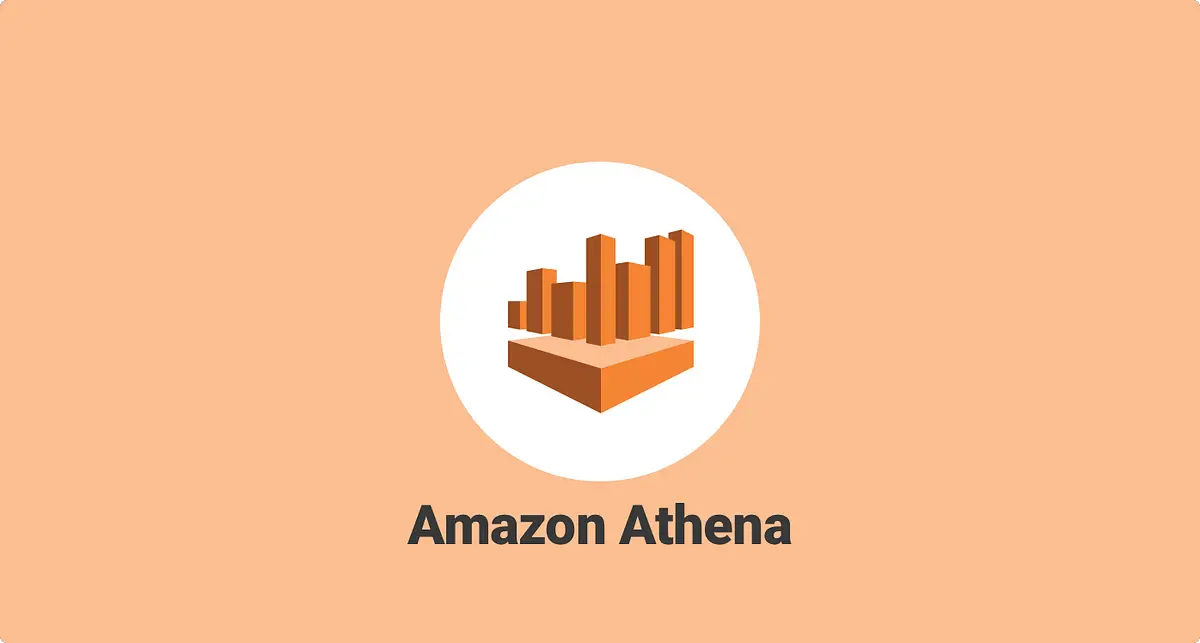Amazon Athena is a powerful query service that enables data analysts to run SQL queries directly on data stored in Amazon S3. However, when dealing with large datasets that are highly partitioned, athena query performance can suffer due to the overhead of partition discovery and metadata management. This is where Partition Projection comes into play.
What is Partition Projection?
Partition Projection is an Athena feature that automates partition management, eliminating the need to manually add partitions or run msck repair table. Instead of relying on the AWS Glue Data Catalog, Athena dynamically computes partition values, significantly reducing query latency.
Key Benefits of Partition Projection
🚀 Faster Queries
Traditional partition discovery in Athena requires scanning and loading metadata from the Data Catalog, which can slow down query execution. With Partition Projection, partition values are precomputed, allowing Athena to skip unnecessary partitions and directly query relevant data.
⚙️ Simplified Maintenance
Managing partitions manually is time-consuming and error-prone. Partition Projection dynamically determines partition values, eliminating the need for constant updates and metadata management.
🎯 Optimized Query Planning
With precomputed partition values, Athena improves efficiency by reducing unnecessary scans, enhancing query execution speed and performance.
How Partition Projection Works
Partition Projection leverages predefined partition patterns and range-based rules to dynamically generate partitions. This is particularly useful for datasets with predictable partition structures, such as time-series data.
Example Setup
Suppose you store daily log data in S3 using the following partitioning format:
s3://your-bucket/logs/year=2024/month=07/day=15/Instead of manually adding new partitions every day, you can define a partition projection configuration:
CREATE EXTERNAL TABLE logs (
event_id STRING,
event_time STRING
)
PARTITIONED BY (
year STRING,
month STRING,
day STRING
)
STORED AS PARQUET
LOCATION 's3://your-bucket/logs/'
TBLPROPERTIES (
'projection.enabled' = 'true',
'projection.year.type' = 'integer',
'projection.year.range' = '2020,2025',
'projection.month.type' = 'integer',
'projection.month.range' = '1,12',
'projection.day.type' = 'integer',
'projection.day.range' = '1,31'
);With this setup, Athena dynamically calculates partitions instead of relying on the Glue Data Catalog.
Use Cases for Partition Projection
Partition Projection is particularly useful in the following scenarios:
✔️ Highly Partitioned Tables – When queries on tables with many partitions take too long to execute.
✔️ Dynamic Data Ingestion – When new partitions (e.g., date-based) are frequently added, making manual updates impractical.
✔️ Massive S3 Datasets – When modeling all partitions in the Data Catalog is inefficient, but queries only need a subset of the data.
Real-World Example
One organization using Athena for log analysis reduced query times from 137 seconds to just 10 seconds, a 92% improvement, by leveraging Partition Projection instead of traditional partition management.
When NOT to Use Partition Projection
While Partition Projection offers many advantages, it’s not always the best choice. Avoid using it if:
❌ Your partitions are unpredictable and cannot be logically generated.
❌ Your schema changes frequently, leading to inconsistencies in partition rules.
❌ You need to use other AWS services like Redshift Spectrum or EMR, which do not support Partition Projection.
How to Enable Partition Projection in Athena
To use Partition Projection, follow these steps:
- Define Partition Columns – Identify the columns used for partitioning (e.g.,
year,month,day). - Configure Projection Properties – Set up partition rules in
TBLPROPERTIES. - Query Data Efficiently – Start running queries without manually managing partitions.
Conclusion
Partition Projection is a game-changer for optimizing Amazon Athena queries on large, partitioned datasets. By automating partition management and reducing metadata overhead, it significantly enhances performance and simplifies data maintenance.
🔗 Further Reading:
- AWS Blog: Speed Up Your Athena Queries Using Partition Projection
- AWS Documentation on Partition Projection
💬 Have you implemented Partition Projection in your Athena setup? Share your experience in the comments! 🚀
#AWS #Athena #BigData #PartitionProjection #DataAnalytics #QueryOptimization #DataLake #S3

Leave a Reply